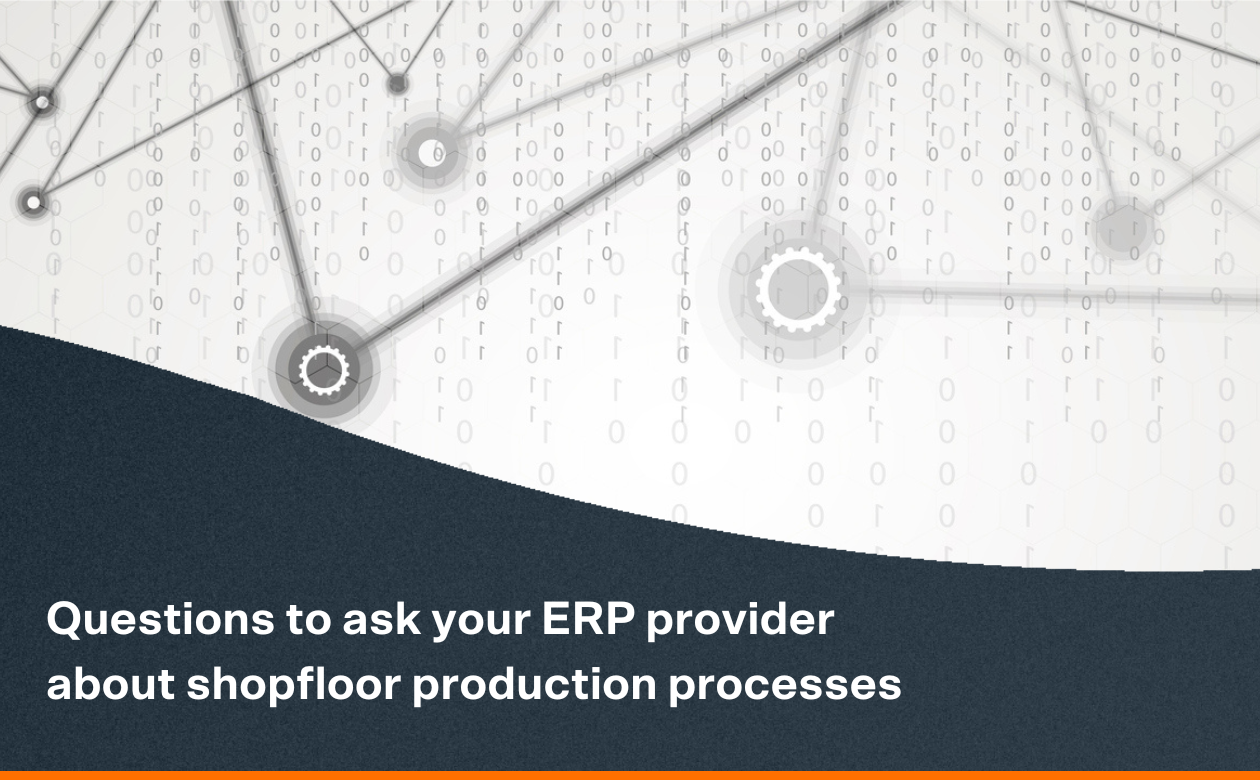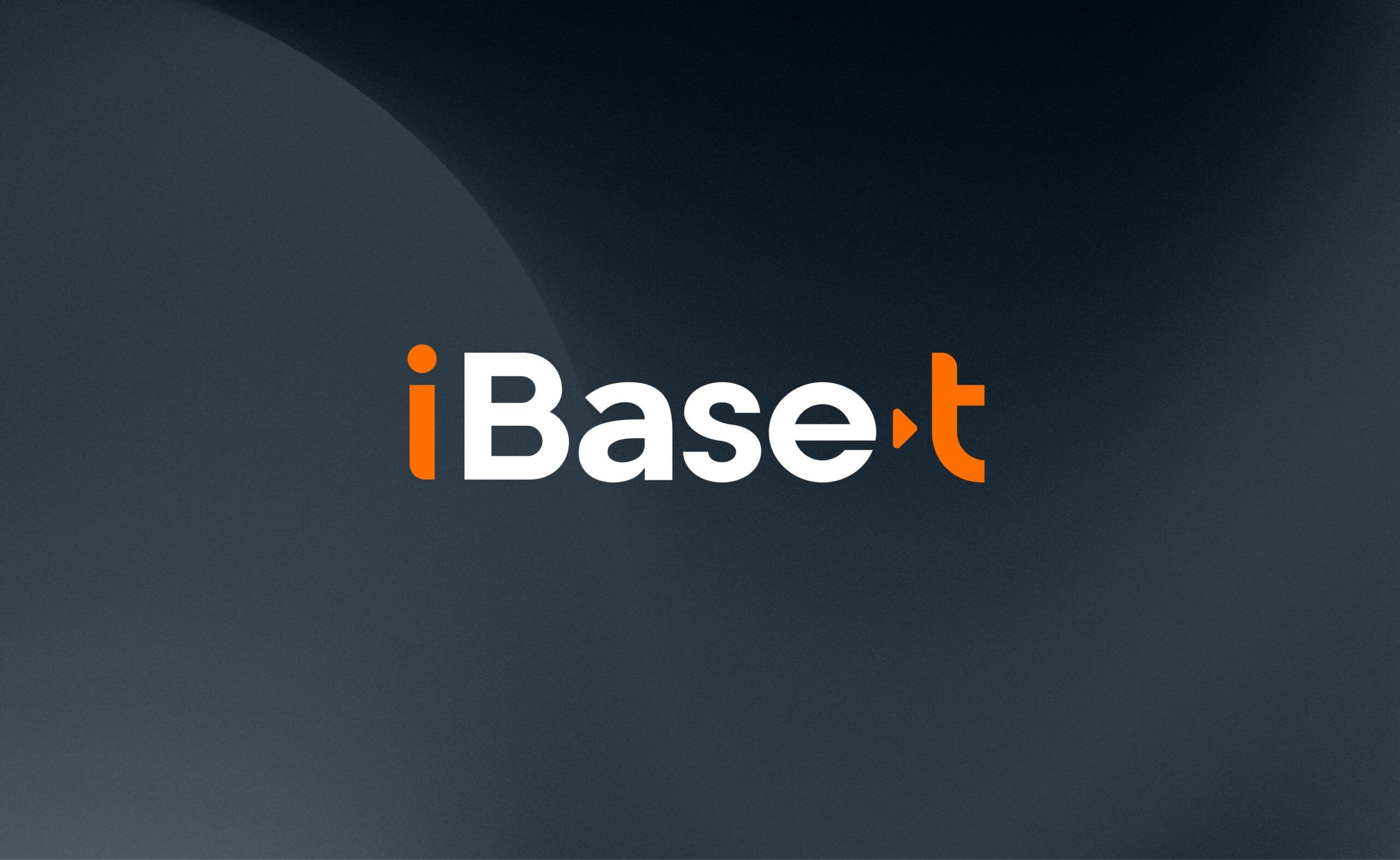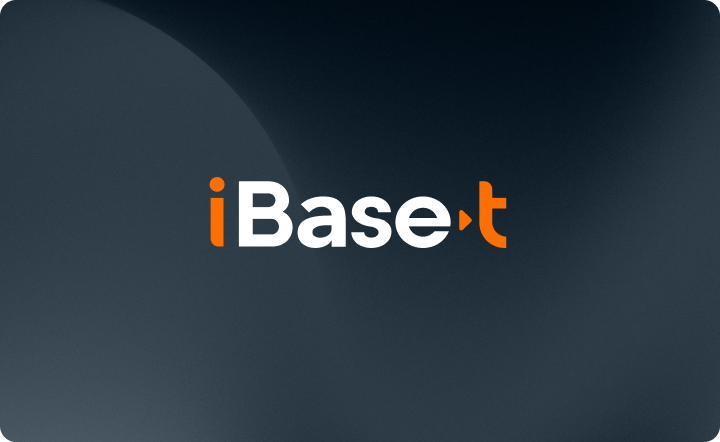In my last blog post, I examined the evaluation choice of an OT architecture when choosing between a Best-of-Breed or single-vendor suite approach. My conclusion was that “fewer is better than many, but one may be too few.” In this post, I will continue this discussion but focus more on how this decision can play out for those picking an MES, or Manufacturing Execution System.
The challenge many organizations face is in defining their operational technology (OT) architecture and its relationship to its overall enterprise architecture (EA). You need to define what “few” means, which processes each system best supports, and what partners can best deliver each functionality.
While there are processes and tools to help define your technology architecture, the key to success in picking an MES is conducting the architectural design process in a data-driven, minimally biased way.
Note that I say minimally biased, recognizing that as humans, we all have inherent biases. To determine the scope of your MES project and the best partner to help you instantiate that vision, you should follow these steps:
- Designate a team lead with a management charter for the architectural process
- Create a cross-functional, cross-role team to execute the process
- Define a timeline and meet regularly to combine sub-team efforts and resolve issues
- Be driven by people, process, and then technology
- Consciously strive to keep bias to a minimum
- Recognize that architectures must evolve as the business evolves, it is a continuous process
By following these steps, an enterprise can readily identify the right architecture and the right partners to help achieve a successful Digital Transformation.
Management Commitment and Organizational Buy-in Critical
To be successful, management must be committed to supporting an engaged staff that is doing the right things with the right tools. Leadership must make it clear to the organization what the mission, vision, and goals of the organization are and that they are committed to helping people be successful.
The first step is to charter an architecture team responsible for designing what processes are needed and to select the best technology. This architecture team should utilize a RACI model and come from across all affected parts of the organization.
It is About People, Process, and Technology
Every architectural decision has implications on how people will accomplish a business process and what tools are required. Even the most highly motivated staff will struggle to execute process efficiently if their technology impedes the process. Likewise, no matter how well-designed the process and how good the technology, if people will not use it, the business will suffer.
Your technology choices behind picking an MES must be linked to your organizational skills.
An enterprise that opts for a single vendor suite-based approach will need much different skill set to ensure appropriate technology utilization versus an organization that opts for a multi-vendor BOB approach. In the first case, strong skills in building User Interfaces (UIs) that are intuitive and friendly will be needed as many suite solutions are not as intuitive as BOB solutions. And, given the typical complexity of such a UI, greater investment in training will typically be part of that choice.
In the second scenario (BOB), it is highly likely that the products will be intuitive and easy to use but the organization will need stronger technical skills such as application interfacing skills within the IT group. It isn’t that one approach is necessarily better than the other, it is that each approach requires different skills to be most effective.
The Role that Agility Plays into the Decision
Beyond evaluating your organization’s skill set alignment, there is another aspect that further complicates the architectural decision – what level of agility is reasonably possible? This is especially the case in today’s COVID-19 environment (and thereafter) where business uncertainty is higher than ever before.
Regardless of your decision, both an enterprise and OT architecture must be able to deliver a far more heightened level of agility across operations and the overall manufacturing enterprise. In almost all situations, a BOB approach will better position an organization to adapt more flexibly. Both the technical skills needed to support a BOB approach as well as the ability to plug in new BOB solutions that might quickly evolve in during today’s coronavirus environment and beyond, will give companies the ability to react faster.





